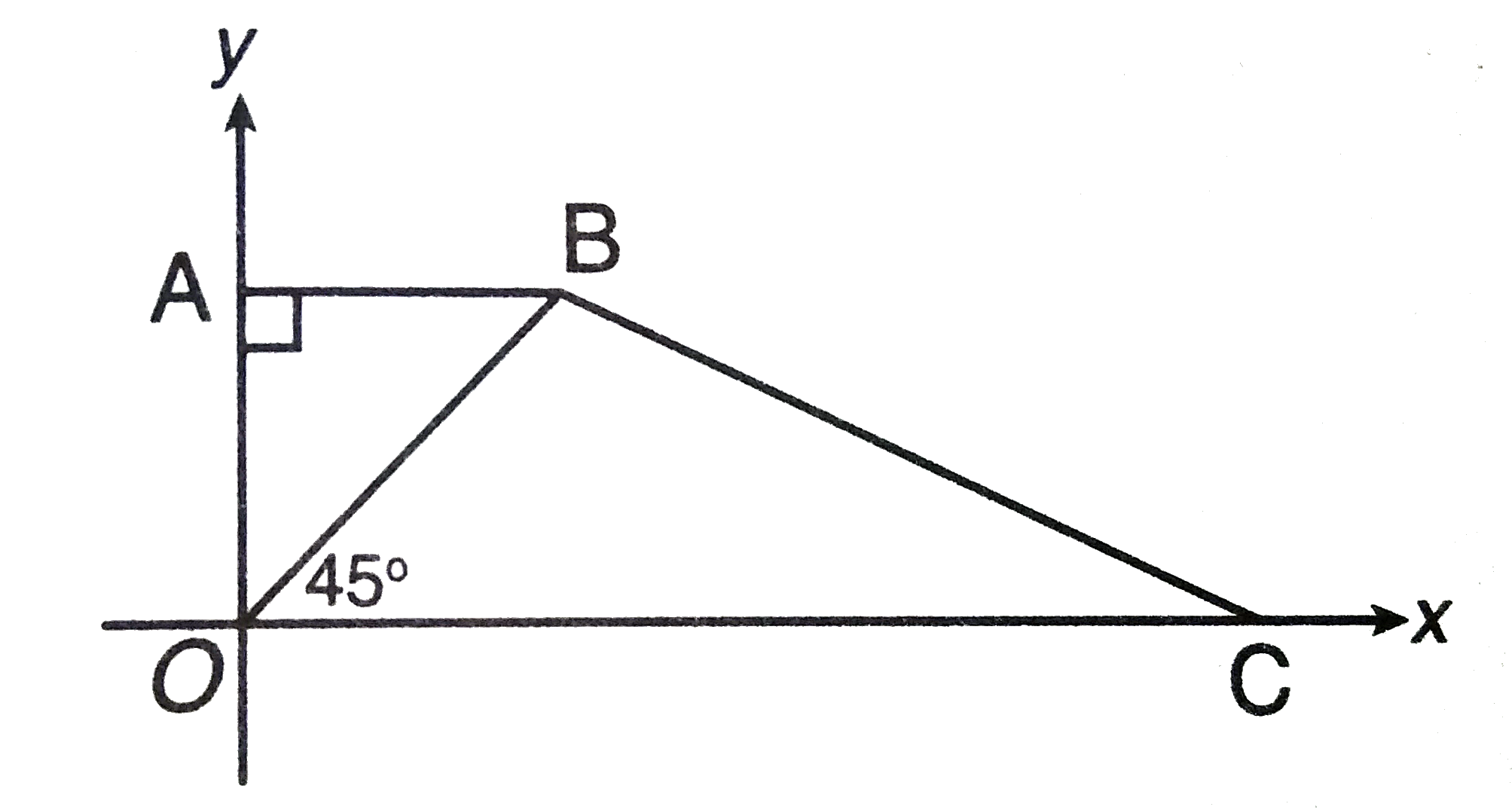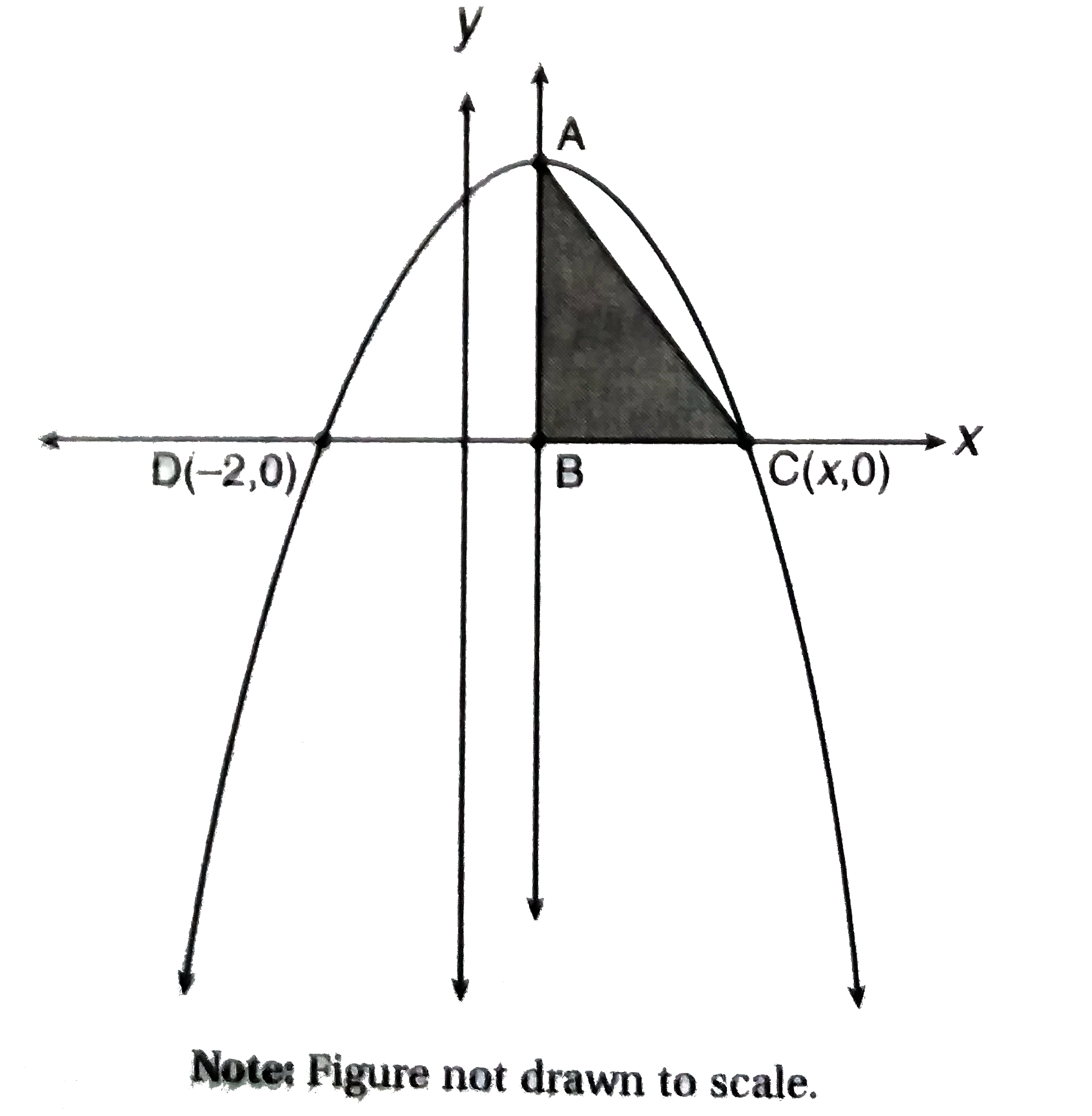The number of square units, A, in the area covered by a bacteria culture is increasing at a rate of 20% every 7 days. If the bacteria culture initially covers an area of 10 square centimeters, which equation can be used to find the number of square units in the area covered by the bacteria culture after d days?
The correct Answer is:A
To find the equation that represents the area covered by the bacteria culture after d days, we can follow these steps:
Step 1: Identify the initial area
The initial area covered by the bacteria culture is given as 10 square centimeters.
Step 2: Determine the growth rate
The bacteria culture increases at a rate of 20% every 7 days. We can express this growth rate as a multiplier:
1+20100=1.2
This means that after 7 days, the area will be multiplied by 1.2.
Step 3: Set up the equation for growth
After every 7 days, the area becomes:
Area after 7 days=10×1.2
After 14 days, it becomes:
Area after 14 days=10×(1.2)2
Continuing this pattern, after n periods of 7 days, the area can be expressed as:
Area after n periods=10×(1.2)n
Step 4: Relate the number of days to the number of periods
To find the number of periods n in terms of d days, we note that each period is 7 days long. Therefore, the number of periods n is:
n=d7
Step 5: Substitute n into the area equation
Substituting n into our area equation gives:
Area after d days=10×(1.2)d7
Final Equation
Thus, the equation that can be used to find the number of square units in the area covered by the bacteria culture after d days is:
A(d)=10×(1.2)d7
The initial area covered by the bacteria culture is given as 10 square centimeters.
The bacteria culture increases at a rate of 20% every 7 days. We can express this growth rate as a multiplier:
1+20100=1.2
This means that after 7 days, the area will be multiplied by 1.2.
After every 7 days, the area becomes:
Area after 7 days=10×1.2
After 14 days, it becomes:
Area after 14 days=10×(1.2)2
Continuing this pattern, after n periods of 7 days, the area can be expressed as:
Area after n periods=10×(1.2)n
To find the number of periods n in terms of d days, we note that each period is 7 days long. Therefore, the number of periods n is:
n=d7
Substituting n into our area equation gives:
Area after d days=10×(1.2)d7
Thus, the equation that can be used to find the number of square units in the area covered by the bacteria culture after d days is:
A(d)=10×(1.2)d7
Topper's Solved these Questions
- PROBLEM SOLVING AND DATA ANALYSISBook:ENGLISH SATChapter:PROBLEM SOLVING AND DATA ANALYSISExercise:Grib-In
Explore 40 Videos
- PROBLEM SOLVING AND DATA ANALYSISBook:ENGLISH SATChapter:PROBLEM SOLVING AND DATA ANALYSISExercise:Grib-In
Explore 40 Videos
- PROBLEM SOLVING AND DATA ANALYSISBook:ENGLISH SATChapter:PROBLEM SOLVING AND DATA ANALYSISExercise:EXERICSE
Explore 80 Videos
- PROBLEMS IN CONTEXT Book:ENGLISH SATChapter:PROBLEMS IN CONTEXT Exercise:PRACTICE TEST
Explore 10 Videos
Similar Questions
A scientist studies Bacteria Culture A, which grows then percent every hour. Bacteria Culture A initially contained 200 microbes, and she models the growth using the equation n=200(m)h, where n is the number of microbes and h is the number of hours.
Q. What is the value of m in the equation ?
View SolutionA scientist studies Bacteria Culture A, which grows then percent every hour. Bacteria Culture A initially contained 200 microbes, and she models the growth using the equation n=200(m)h, where n is the number of microbes and h is the number of hours.
Q. The same scientist also studies another culture, Bacteria Culture B, which grows 15% every hour. The two cultures began at the same time with the same number of microbes. After 20 hours, how many more microbes will becteria Culture B contain than Bacteria Culture A ? (Round your answer to the nearest whole number).
View Solution
Knowledge Check
An ice cube has a surface area of 150 square centimeters. If the ice cube melts at a constant rate of 13.0 cubic centimeter per minute, the number of minutes that elapse before the ice cube is completely melted is closest to which of the following?
A10B11C12D14
In the figure above, ¯¯¯¯¯¯OA⊥¯¯¯¯¯¯¯¯¯¯¯¯¯¯¯¯¯¯¯¯¯¯¯¯¯¯¯¯¯¯¯¯¯¯¯¯¯¯¯¯¯¯ABandm∠BOC=45∘. If the coordinates of point A are (0,3) and the coordinates of point C are (7,0), what is the number of square units in the area of qudrilateral OABC?A15B20C25D30
the graph of f(x)=−0.5x2+x+4 in the xy-plane is the parabola shownn in the figure above. The parabola crosses the x-axis at D(-2,0) and at point C(x,0). Point A is the vertex of the parabola. Segment AC and theline of symmetry, ¯¯¯¯¯¯AB, are drawn. what is the number of square units in the area of ΔABC?A4.5B6.25C6.75D13.5
What is the number of pallets, each with an area of 60 square yards, that would be needed to cover a field that in 3 acres in area? (1 acre=4,840 square yards)
View SolutionThe number of bacteria in a culture is x now. It becomes square of itself after one week. What will be its number after two weeks?
View SolutionThe rate of increase in the number of bacteria in a certain bacteria culture is proportional to the number present. Given the number triples in 5 hrs., find how many bacteria will be present after 10 hours. Also find the time necessary for the number of bacteria to be 10 times the number of initial present. [Given loge3=1.0986, e2.1972=9 ]
View SolutionThe area of the triangle formed by the coordinates axes and a line is 6 square unit length of d a line is 6 square units a tie'hypotenuse is 5 units. Find the equation of the line.
View SolutionAs part of a laboratory experiment, the number of times a light id flashed on a certain culture of bacteria is reduced 20 percent each day. If the light flashed 704 times on the fourth day of the experiment, then the number of times it flashed on the first day is closest to
View Solution
